Charles Marshall Sayers - The Book of Wood Carving: Technique, Designs and Projects
Here you can read online Charles Marshall Sayers - The Book of Wood Carving: Technique, Designs and Projects full text of the book (entire story) in english for free. Download pdf and epub, get meaning, cover and reviews about this ebook. year: 1978, publisher: Dover Publications, genre: Home and family. Description of the work, (preface) as well as reviews are available. Best literature library LitArk.com created for fans of good reading and offers a wide selection of genres:
Romance novel
Science fiction
Adventure
Detective
Science
History
Home and family
Prose
Art
Politics
Computer
Non-fiction
Religion
Business
Children
Humor
Choose a favorite category and find really read worthwhile books. Enjoy immersion in the world of imagination, feel the emotions of the characters or learn something new for yourself, make an fascinating discovery.
- Book:The Book of Wood Carving: Technique, Designs and Projects
- Author:
- Publisher:Dover Publications
- Genre:
- Year:1978
- Rating:5 / 5
- Favourites:Add to favourites
- Your mark:
The Book of Wood Carving: Technique, Designs and Projects: summary, description and annotation
We offer to read an annotation, description, summary or preface (depends on what the author of the book "The Book of Wood Carving: Technique, Designs and Projects" wrote himself). If you haven't found the necessary information about the book — write in the comments, we will try to find it.
In answer to complaints from students that there was no concise, simple text on wood carving, Charles Marshall Sayers, a nationally famous teacher and craftsman, wrote this book. It is still the finest book for the beginning student in wood sculpture. In clear, straightforward language, Sayers carefully guides the reader through the fundamentals what tools and materials to use, how to use them. There are lessons and designs for incised carving, relief carving, and other cutting methods. Sayers discusses woods suitable for carving, stains and finishes, preliminary and advanced methods of preparing woods for finishing, even how to make a workbench.
The 34 illustrated designs for over 34 projects encourage the student to build slowly and methodically a sound, practical technique while creating objects of beauty and utility. All of the projects employ only four tools (one straight parting tool, three different sizes of straight gouges). With this book you can make panels for cabinets, chests, and doors; borders; table aprons; chair and bench rails; circular mirror frame; wall bracket with shelf; bookends; rectangular mirror frame; footstools; guest-book covers; mirror frame with half-circle top; holy water font; and doors.
Though The Book of Wood Carving is meant for the beginner, experienced carvers will find that Sayers original conceptions and designs will increase their own pleasure and skill. Stimulating both by spicy text and large photographs showing every point in processes described . . . [Illustrated with] designs of actual work by the author a famous teacher and craftsman and his students and apprentices. Books, New York Herald Tribune.
Charles Marshall Sayers: author's other books
Who wrote The Book of Wood Carving: Technique, Designs and Projects? Find out the surname, the name of the author of the book and a list of all author's works by series.

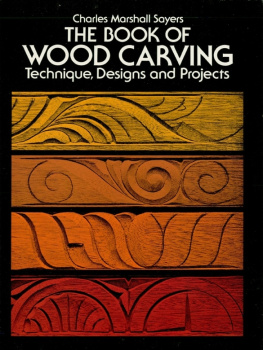
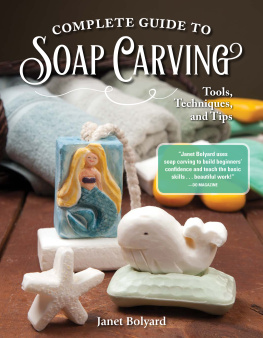
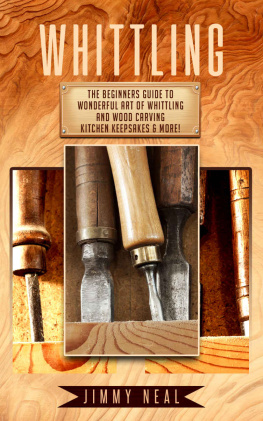
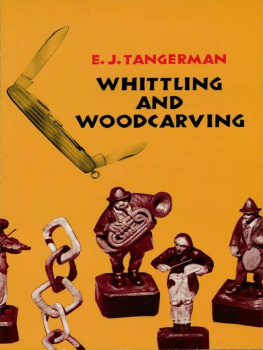
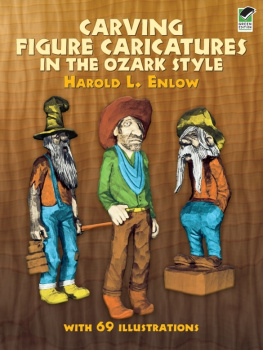
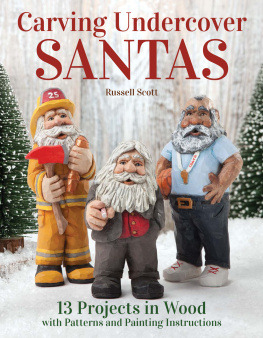
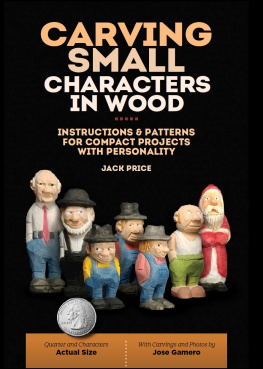

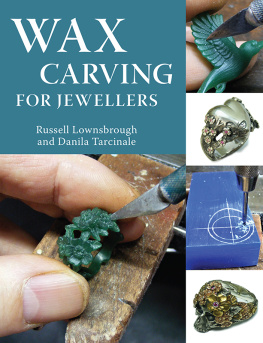
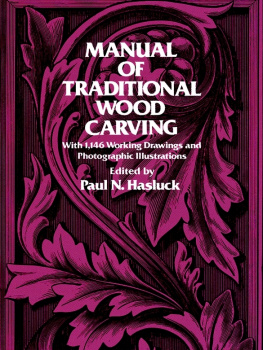
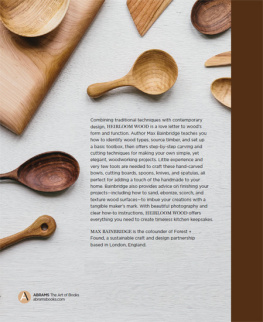
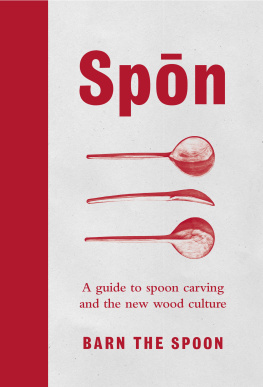
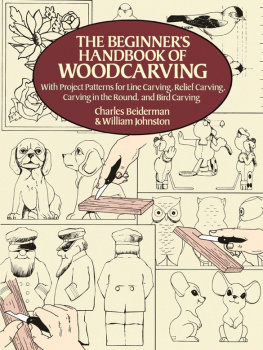
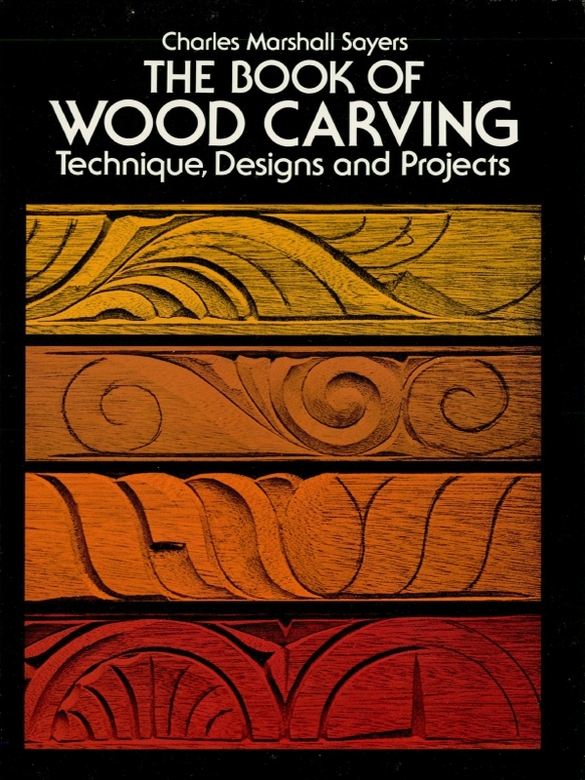
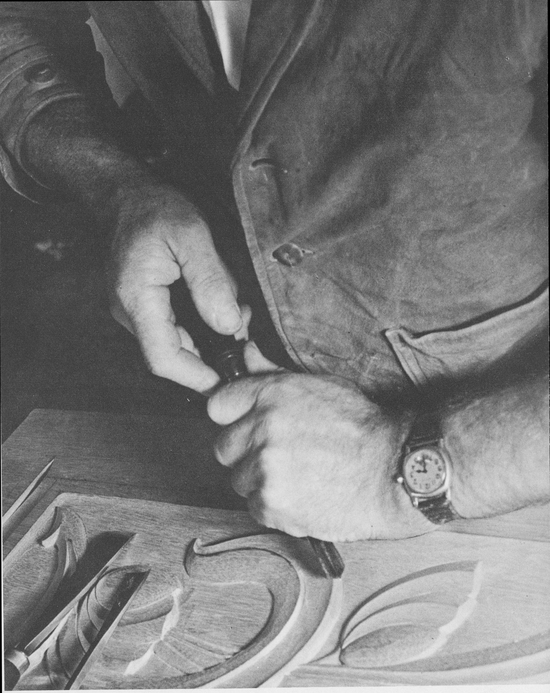
 or
or  of same number)
of same number) of same number)
of same number)